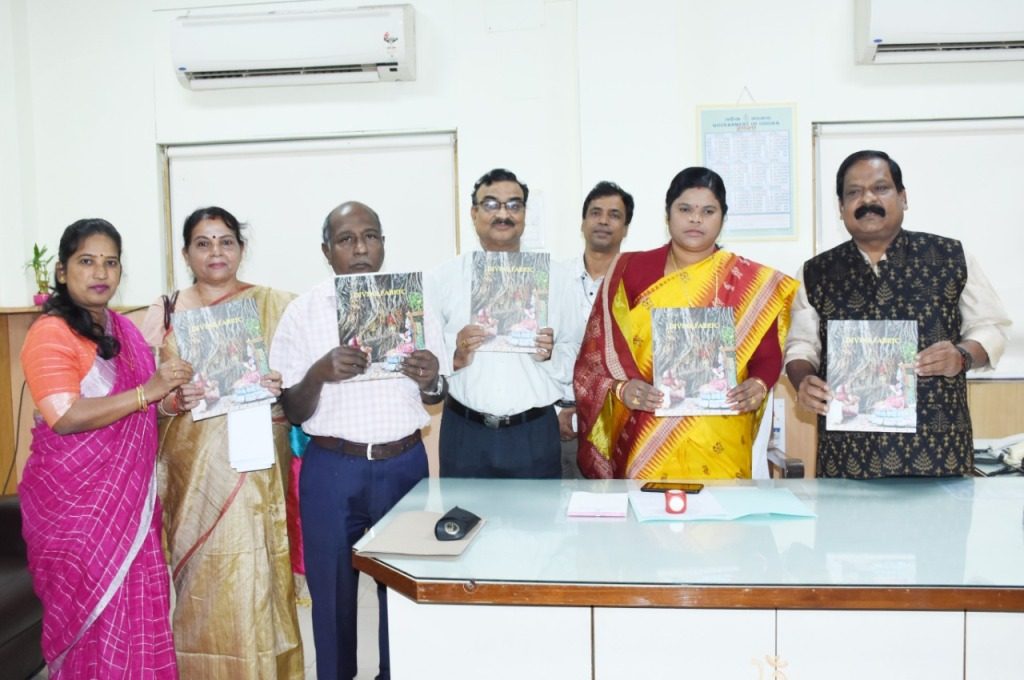Tassar silk refracts two different shades at different angles
The fabric is also cooler than the other varieties and lot more porous, therefore, breathable
Tassar sarees have a special place in the domestic life of Odias and is normally wore during various festive occasions
Bhubaneswar: A book titled ‘Divine Fabric’, documenting the glorious tradition of Tasar in the state, was released by Minister of Handlooms, Textiles and Handicrafts Padmini Dian at Lok Seva Bhawan here, Tuesday. The book has been authored by Raja Parija, Director, ST & SC Development department.
Odisha has been a traditional Tasar producing state since time immemorial. Tasar is primarily grown and nurtured by the tribals, and has created the brand ‘Odisha Tasar’ worldwide.
India has the unique distinction of being the only country in the world producing all varieties of silk, namely: Mulberry, Tasar, Eri and Muga. Tasar silk, Kosain in Sanskrit, is one of the most exquisite yarns of Odisha. The yarn is obtained from silkworms found mostly in wild forests that do not breed on Mulberry trees but on local trees like Sal, Asan and Arjun. For this reason, it is also known as ‘Wild Silk’. Tasar culture is wildly practised by tribal of Odisha.
Tasar traditionally called as ‘Mathaa’ in Odia culture, is also called ‘Amlan Vastra’ signifying that it never fades. Tasar culture is also a branch of sericulture. Raja Parija, Director, ST & SC Development department, has dealt with the sericulture sector of the state. After seeing the entire life cycle of Tasar cocoon during several stages of processing, he was encouraged to document the glorious Tasar tradition of Odisha.
